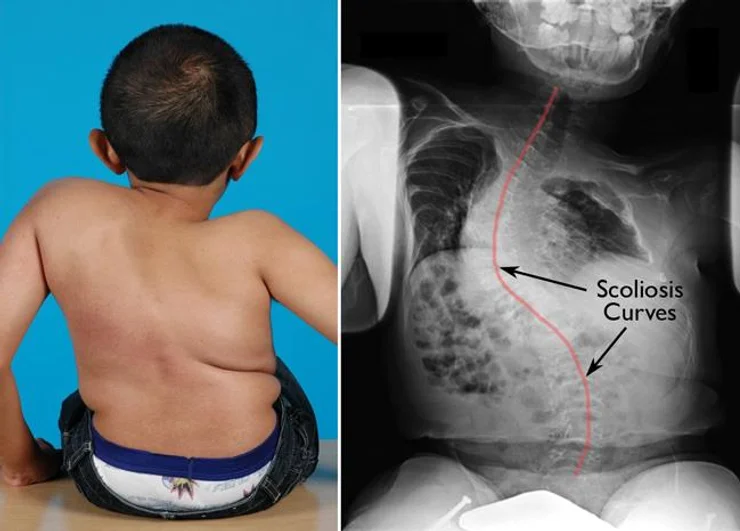By: Andrew Tao
Osteogenesis imperfecta, or OI, is a group of genetic disorders that affect the bone. OI is among the rarest bone disorders worldwide, with fewer than 20,000 cases in the U.S. annually. It is also present as soon as someone is born, but it may not be immediately noticeable. A baby may inherit OI from their parents, as OI is a genetic disorder, or from a spontaneous mutation of a gene.
OI is also known as brittle bone disease. This is because a major symptom of OI is that bones will fracture or break very easily. Also, when the baby is born, it may have deformed bones.
There are eight different types of OI, but two types are particularly interesting. Type one is the most common. So common, in fact, that 50% of children with OI have type 1 OI. Its symptoms are relatively mild compared to the other types. There are no special symptoms for this type, just brittle bones that are very easy to break. Type 2, however, is extremely rare but very deadly. When a baby is born with type 2 OI, the baby is expected to have very short arms and legs, a small chest, and a soft skull. They may also be very light when they are first born and have lungs that aren’t fully developed. Unfortunately, most babies with OI type 2 will die within a few weeks of birth.
Sadly, there aren’t very many treatments for OI. The only actual treatments a child can receive for OI are either physiotherapy or orthopedic surgery. Physiotherapy typically involves massages, while orthopedic surgery is surgery that takes place on the bone. Most orthopedic surgeries for OI will be on the fractures themselves. If you do have OI, however, there are a few ways to prevent your bones from fracturing easily. You can take biphosphate medicines, which are medicines that strengthen your bones. These can be taken through your mouth or an IV.
Also, there is no way to prevent OI because it is a genetic condition. If you live long enough to have children while you have OI, there is also a 50% chance of your child getting OI; and if both you and your partner have OI, then your child will have it too.
Currently, there is a foundation called the Osteogenesis Imperfecta Foundation that is researching OI. They conduct studies on those with OI to help discover new treatments and cures. Currently, the OI Foundation is researching the natural history of OI to learn how the disease affects individuals over time. Their research involves asking people with OI, from ages 8 to 89, about their experiences.
I believe that people should learn about OI because it’s rare. Diseases that are rare don’t get much attention and most people aren’t aware of them. Because of this, people should be educated on this topic to raise awareness.











